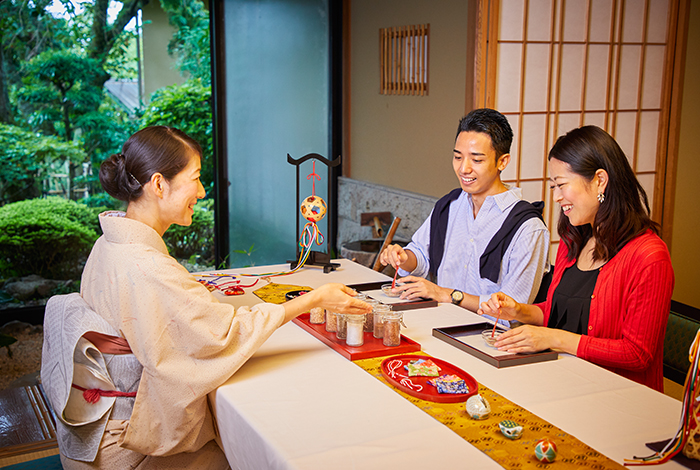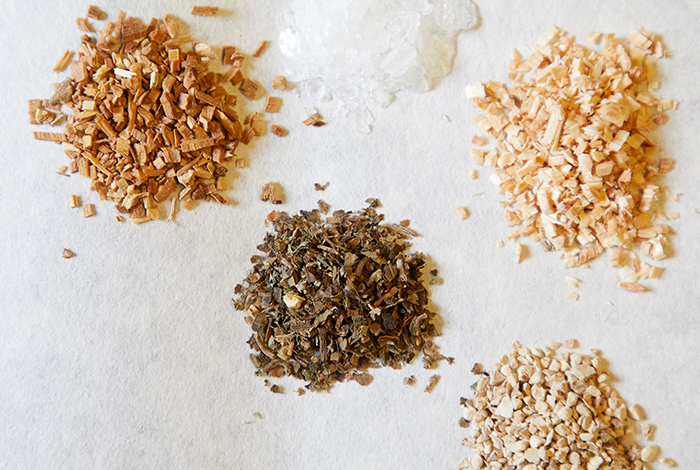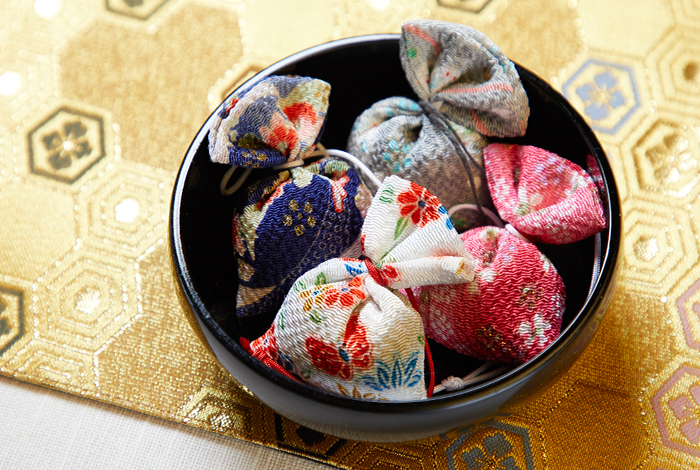Koudou (Incense Ceremony)
Experiencing the profound tranquility and refined aroma of incense.
Koudou, one of Japan's traditional arts, was introduced to Japan from Tang Dynasty China. Alongside the tea ceremony, flower arrangement (ikebana), and calligraphy (shodo), it forms what are known as the "Four Classical Japanese Arts."
The raw materials used in Koudou are entirely natural, free from chemical additives, primarily featuring agarwood blended with other natural materials to create diverse aromas. Koudou practice is generally divided into "Monko" (listening to incense), which focuses on the appreciation of the aroma of burning incense, and "incense-comparing games" (Kumikō), where participants discern different aromas.
In Koudou, it is not merely about smelling the aroma; on a deeper level, it is about "listening" and observing. According to the rules, when attending an incense ceremony, one must sit still without speaking, quietly feeling and watching the smoke curl up and gradually disappear from thick density to invisibility, as the sound of the burning incense subtly fades. Through this, one can feel the impermanence of existence, and in the process, a profound sense of peace is cultivated within one's heart, aiding relaxation and character development.
To this day, Koudou has evolved from the "incense offering" of Buddhism, the "incense perfuming" practiced by nobles, and the "incense appreciation gatherings" of the literati, into a refined art form encompassing intricate rituals and deep spiritual significance.



